St. Peter’s Basilica bells tolled for Pope Francis on Saturday morning as royalty, presidents, prime ministers and a legion of faithful attended the late pontiff’s funeral in St. Peter’s Square.
Despite the presence of presidents and princes, prisoners and migrants ushered him into the basilica where he will be buried, reflecting his priorities as pope.
Tens of thousands flocked to the funeral, which Francis choreographed himself when he revised and simplified the Vatican’s rites and rituals last year.
They carried the coffin, adorned with just a crucifix and Francis’ coat of arms, down the central aisle of St. Peter’s Basilica and out into the square at the start of his funeral.
Red-robbed cardinals lined the path and followed behind as the crowd in the square erupted in applause in a sign of respect.
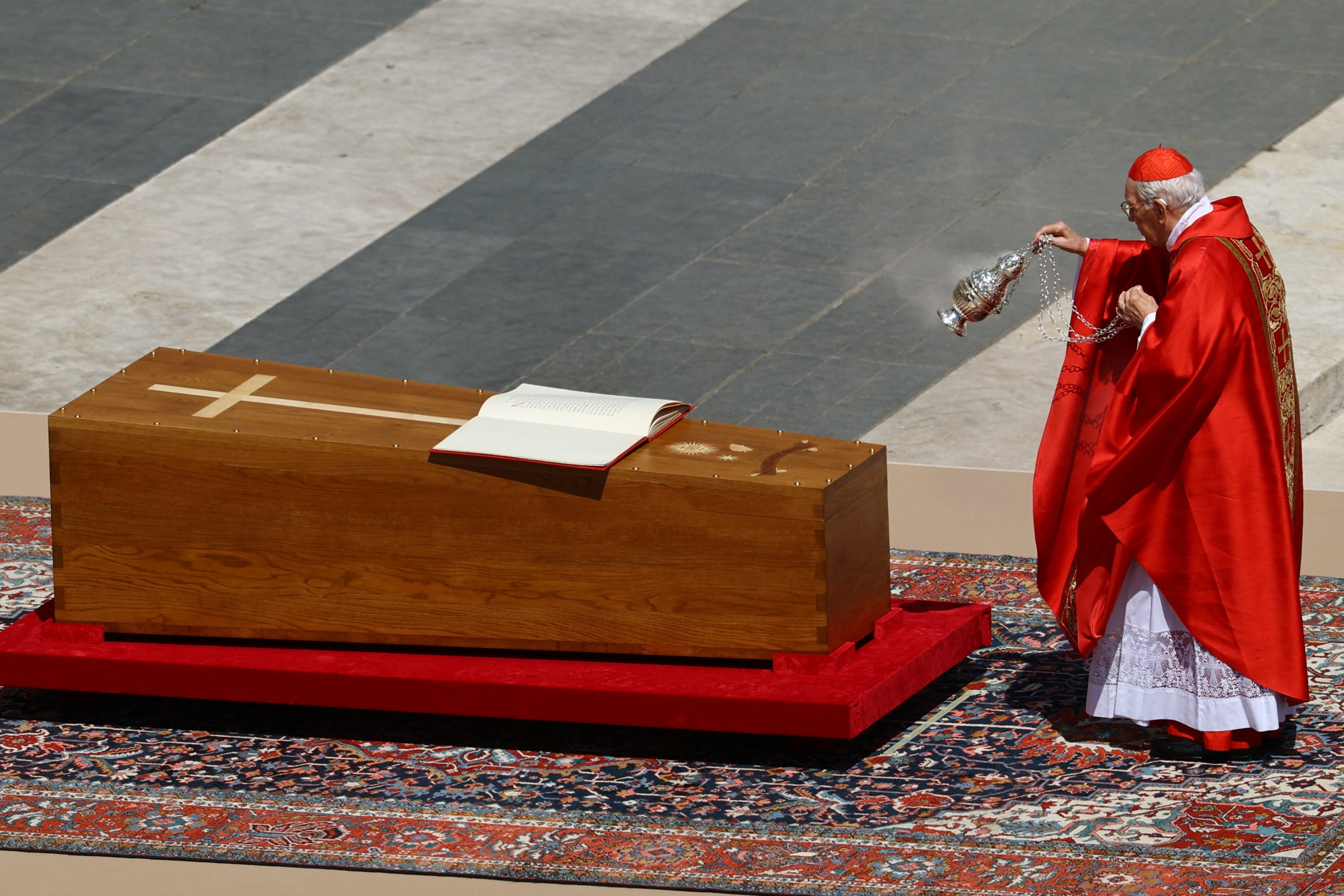
Cardinal Giovanni Battista Re eulogized Pope Francis as a pope of the people, a paster who knew how to communicate to the “least among us” with an informal, spontaneous style.
Re called Francis “a pope among the people, with an open heart towards everyone.”
He recalled the last image many people have of Francis was of him delivering what would become his final blessing on Easter Sunday, and saluting from the popemobile in the same piazza where his funeral was being celebrated.
The brief statement did not specify if that was in St. Peter’s Square alone.
Mourners were lined up along Via della Conciliazione, which leads up to the Vatican, and followed the Mass on big screens in public squares in Rome, including outside the Santa Maria Major Basilica.
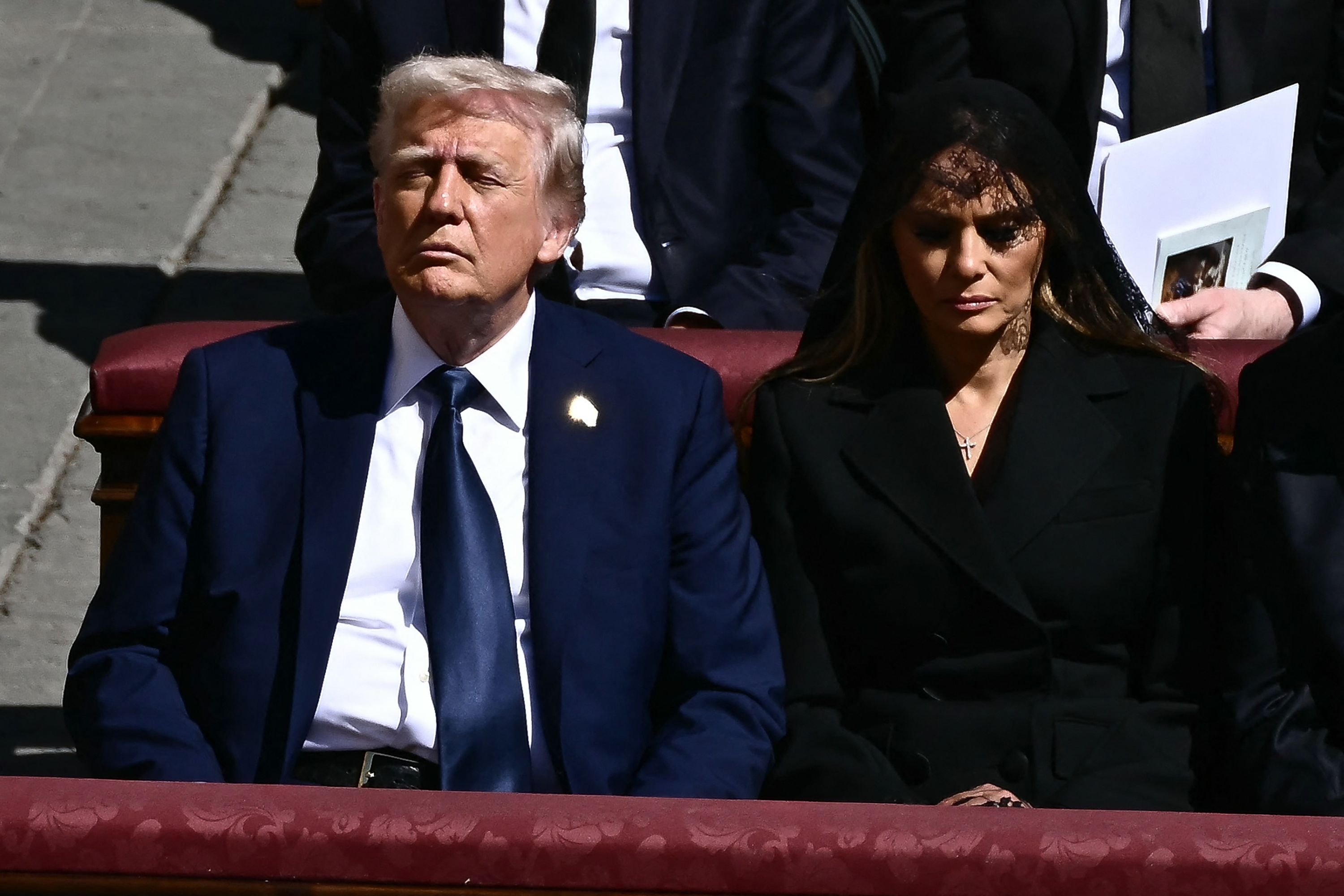
U.S. President Donald Trump, French President Emmanuel Macron, the U.N. chief and European Union leaders, as well as Prince William and the Spanish royal family, were in attendance.
The prince attended the funeral on behalf of his father, King Charles III.
He stood side by side with British Prime Minister Sir Keir Starmer for a moment’s silence in front of Pope Francis’s sealed coffin.
William, dressed in a dark blue suit and black tie, walked through the ornate basilica and down the steps into St. Peter’s Square, before shaking hands with a member of the clergy and being guided to his seat.
He is carrying out his most significant duty so far as heir to the throne. It is the first time the prince has represented the monarch at an international funeral.
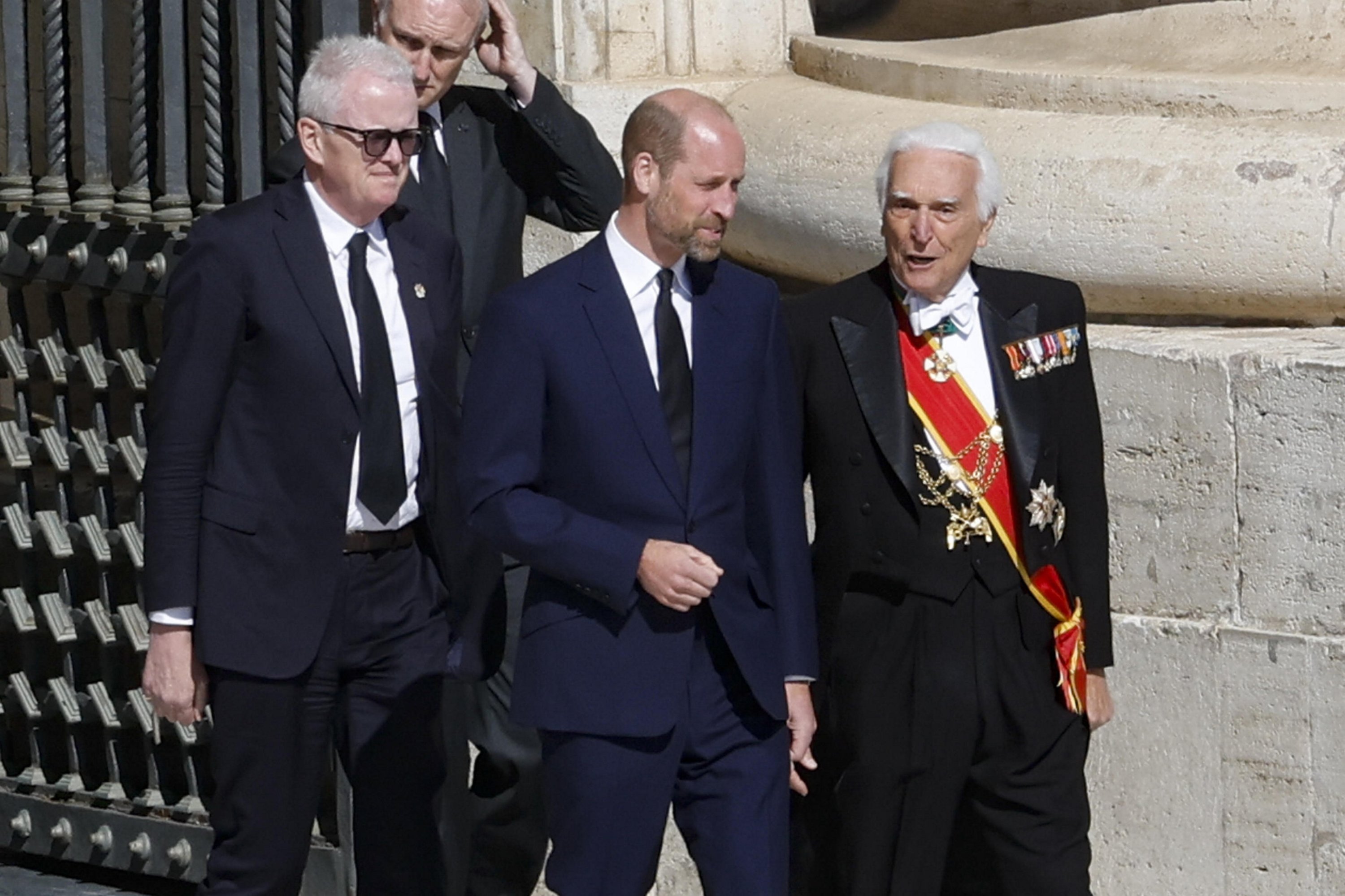
Francis’ coffin will be brought from St. Peter’s Basilica to the front of the altar in the square.
Francis is breaking with recent tradition and will be buried in the St. Mary Major Basilica, where a simple underground tomb awaits him with just his name: Franciscus.
Mourners were instructed to refrain from waving flags or banners during the procession.
World leaders and royalty sat to the right of the main altar.
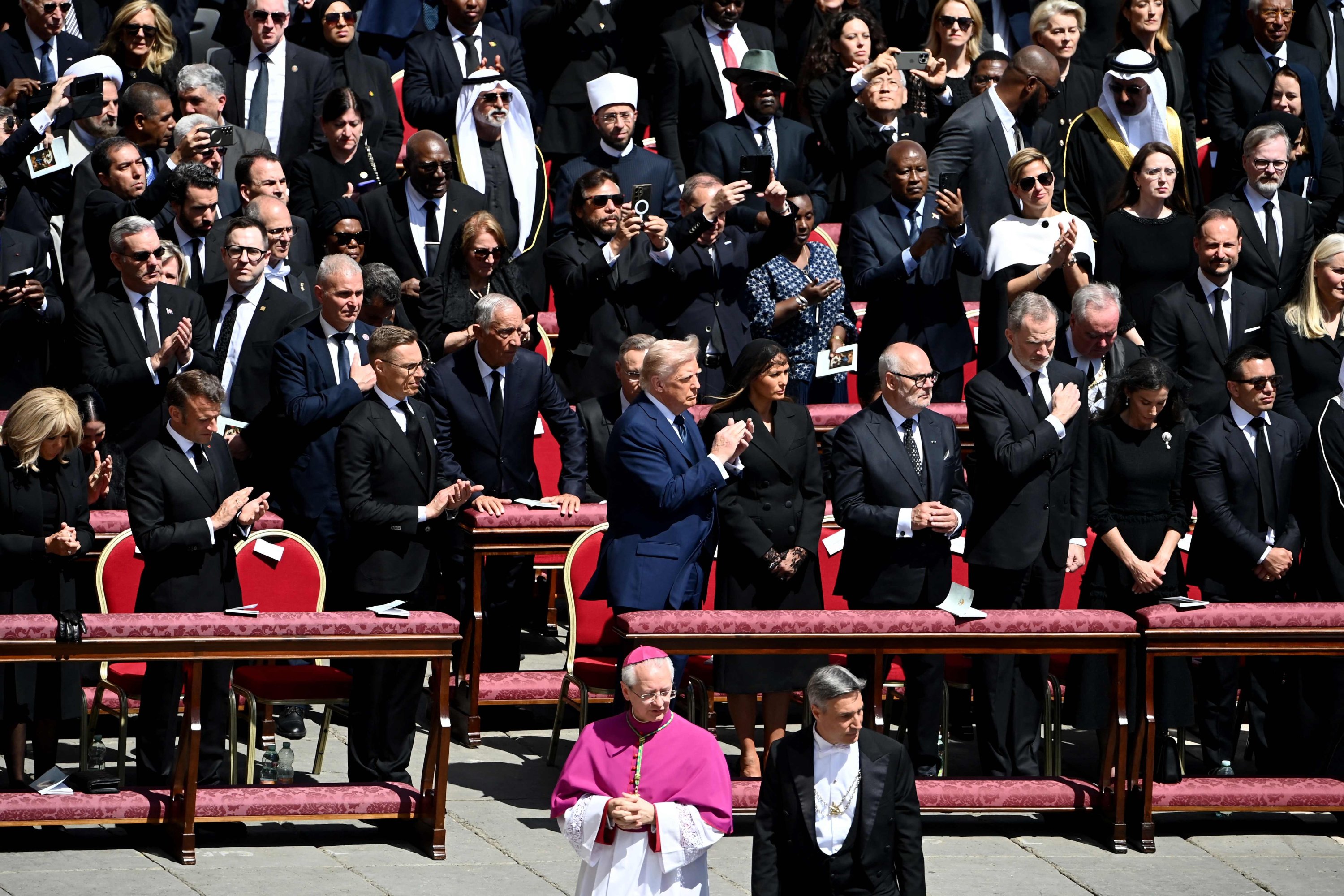
EU Commission President Ursula Von Der Leyen, Hungarian Prime Minister Viktor Orban, Italian Premier Giorgia Meloni and Argentine President Javier Milei have all made their way to their seating.
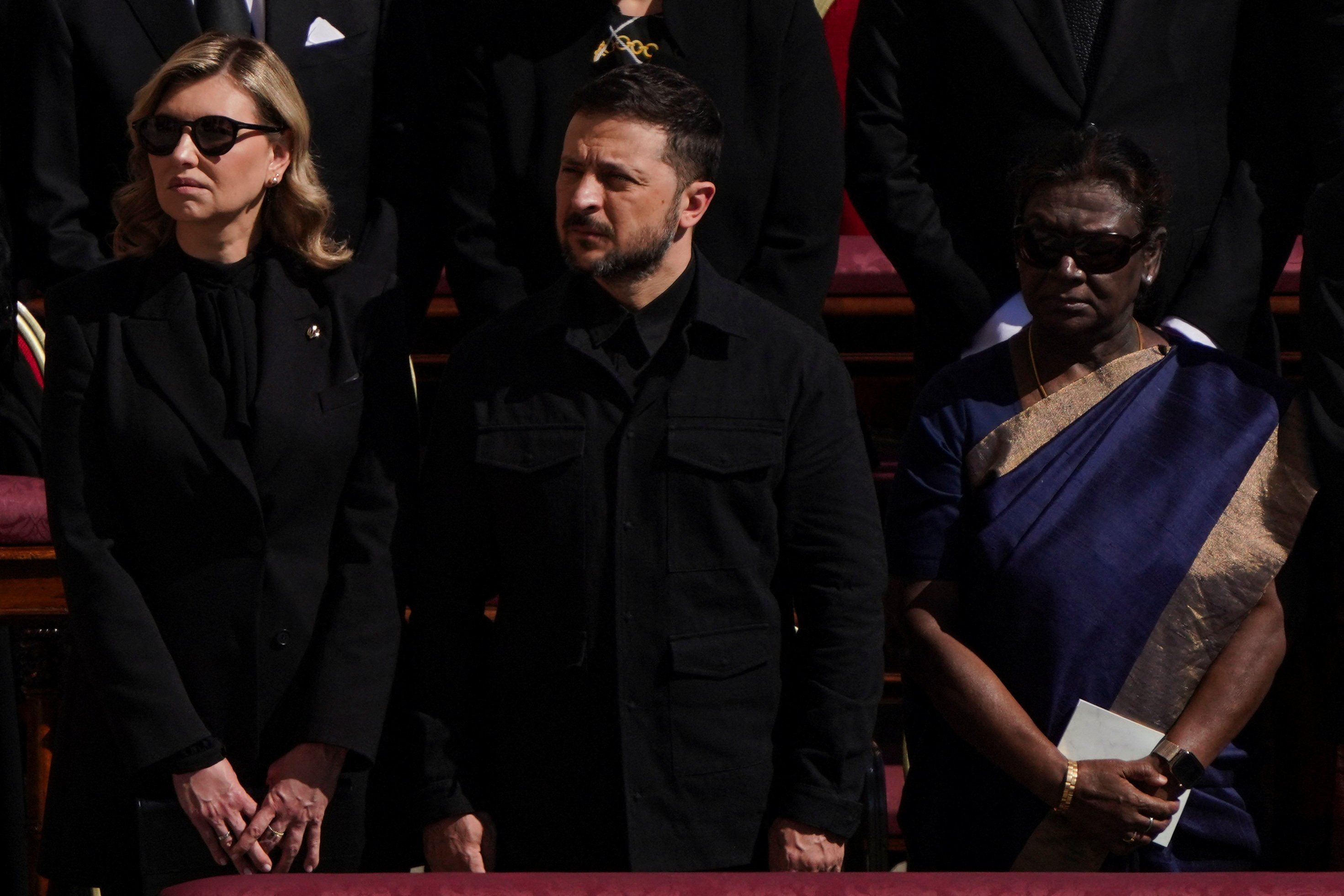
The Argentine and Italian leaders have a place of pride in the seating order.
The U.S. president clashed with the pope on immigration, climate and other issues.
Thousands of ordinary mourners hurried towards the Vatican at first light. Many camped out to try and secure spots at the front of the crowd for the ceremony.
“We have been waiting all night,” said Spanish pilgrim Maria Fierro. “Accompanying (Francis) in his last moments is very emotional.”
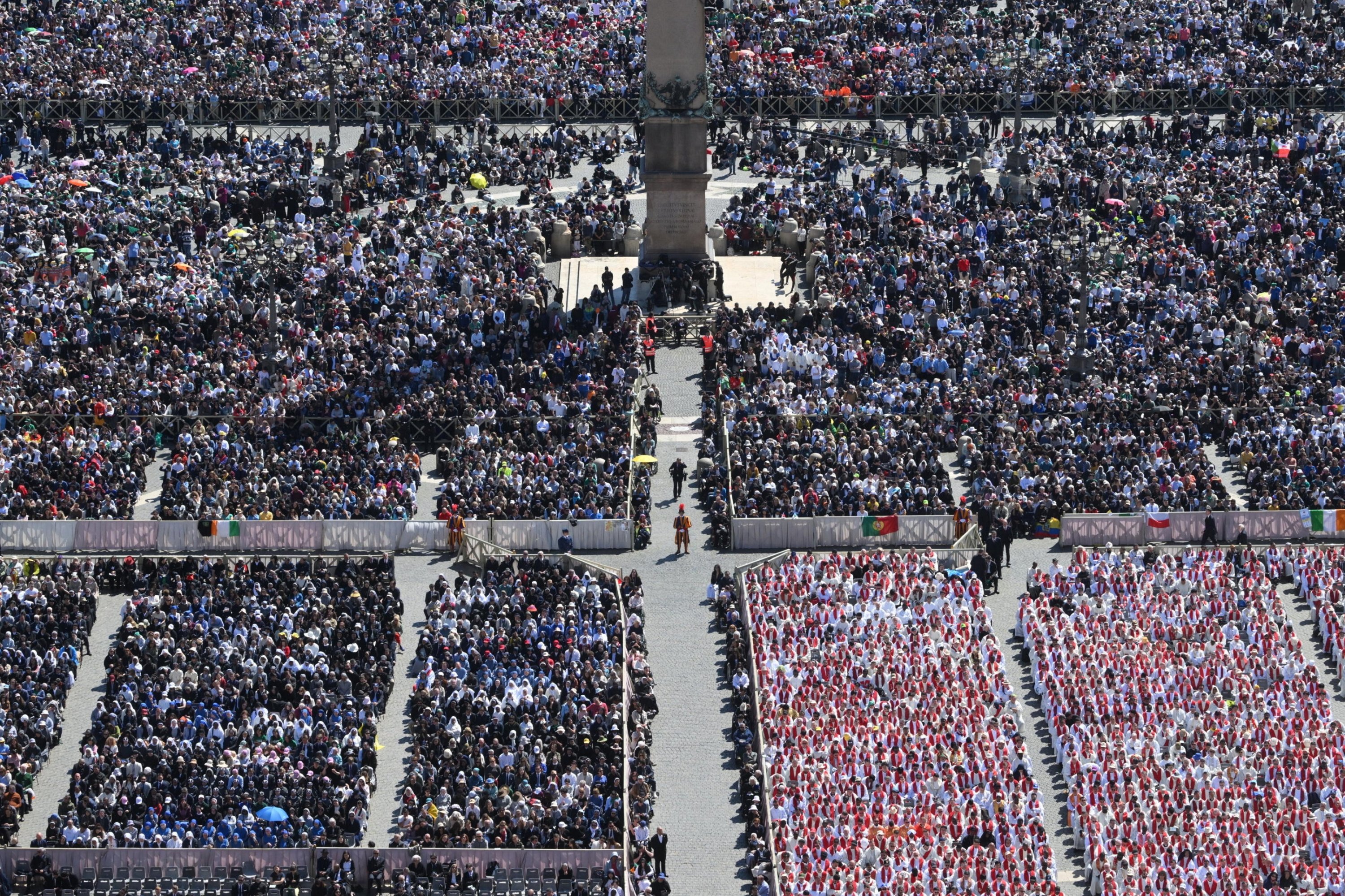
Mary James, a Franciscan nun, also waited overnight. “I was up the whole night,” she said. “We want to say goodbye because he (was a) living saint, very humble and simple.”
The Argentine pope died on Monday, aged 88, following a stroke. His death ushered in a meticulously planned period of transition for the 1.4-billion member Roman Catholic Church, marked by ancient ritual, pomp and mourning.
Over the past three days, around 250,000 people filed past his body, which was laid out in an open coffin before the altar of the cavernous, 16th-century St. Peter’s Basilica.
The first non-European pope for almost 13 centuries, Francis battled to reshape the Roman Catholic Church during his 12-year reign, siding with the poor and marginalized, while challenging wealthy nations to help migrants and reverse climate change.
“Francis left everyone a wonderful testimony of humanity, of a holy life and of universal fatherhood,” said a formal summary of his papacy, written in Latin, and placed next to his body.
Traditionalists pushed back at his efforts to make the Church more transparent, while his pleas for an end to conflict, divisions and rampant capitalism often fell on deaf ears.
Break with tradition
The pope shunned much of the pomp and privilege usually associated with the papacy and will carry that desire for greater simplicity into his funeral, having rewritten the elaborate, book-long funeral rites used previously.
While Pope John Paul II’s funeral in 2005 lasted almost three hours, the service on Saturday is due to take 90 minutes.
Francis also opted to forego a centuries-old practice of burying popes in three interlocking caskets made of cypress, lead and oak. Instead, he has been placed in a single, zinc-lined wooden coffin, which was sealed closed overnight.
In a further break with tradition, he will be the first pope to be buried outside the Vatican in more than a century, preferring Rome’s Basilica of St. Mary Major, some 5.5 kilometres (3.4 miles) from St. Peter’s, as his final resting place.
His tomb has just “Franciscus”, his name in Latin, inscribed on the top. A reproduction of the simple, iron-plated cross he used to wear around his neck hangs above the marble slab.
His funeral motorcade will drive him through the city for one last time, allowing Romans to say farewell.
Italy has mounted one of the biggest security operations the country has seen since the funeral of John Paul II. It has closed the airspace over the city and called in extra security forces, with anti-aircraft missiles and patrol boats guarding the event.
As soon as Francis is buried, attention will switch to who might succeed him.
The secretive conclave to elect a successor is unlikely to begin before May 6, and might not start for several days after that, giving cardinals time to hold regular meetings beforehand to sum each other up and assess the state of the Church, beset by financial problems and ideological divisions.

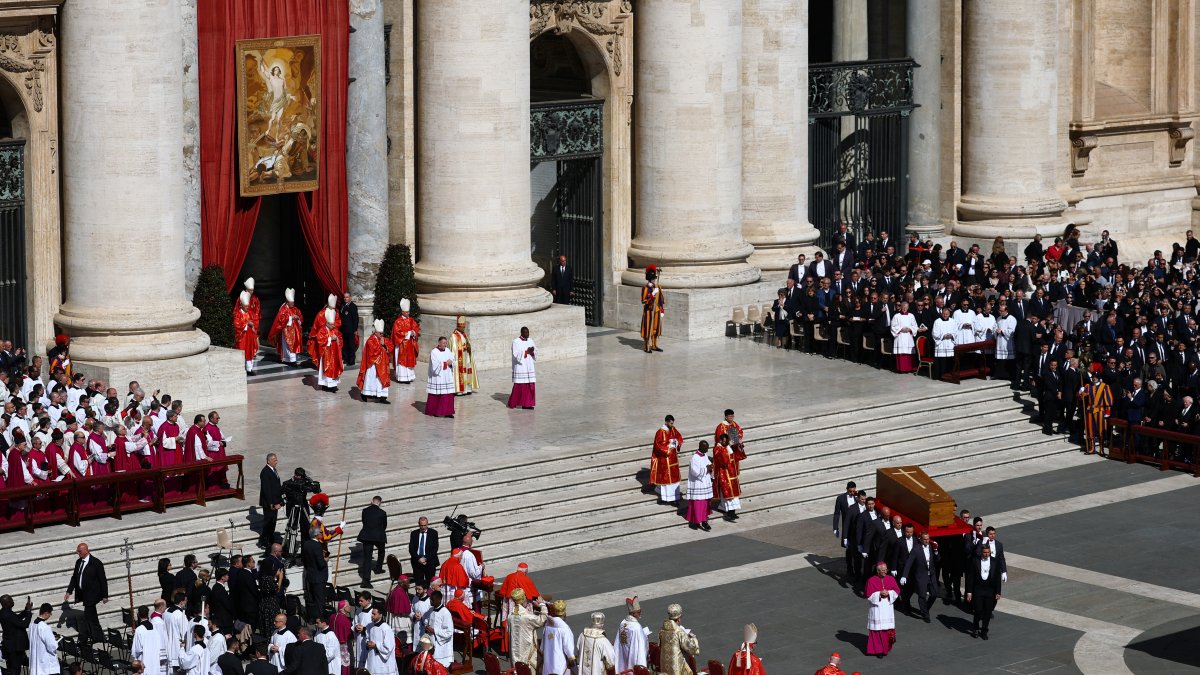
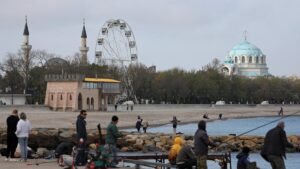
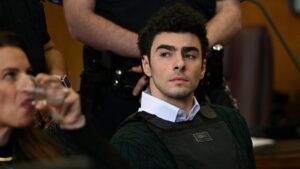
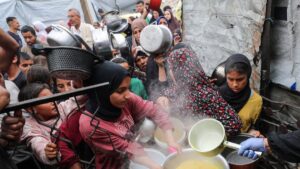
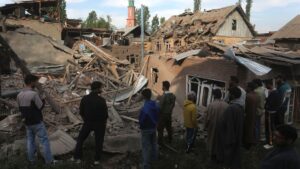
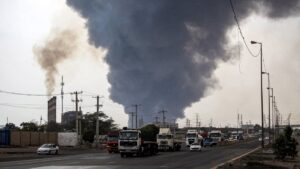
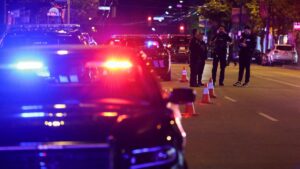

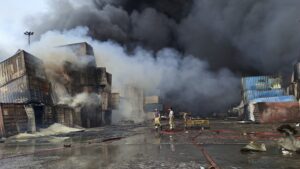
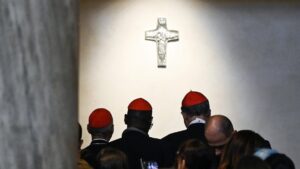
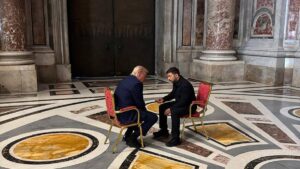
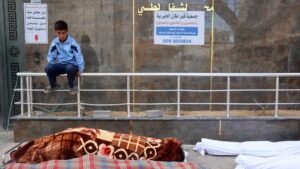


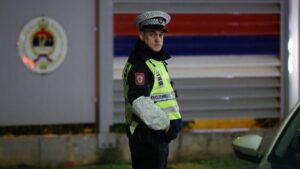
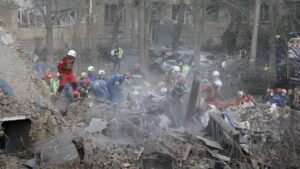



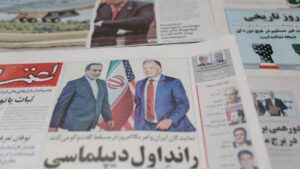
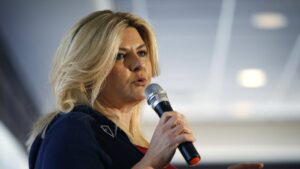


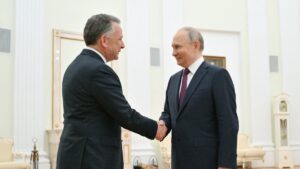
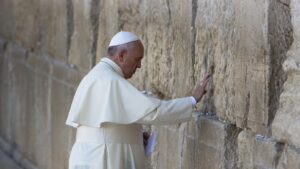
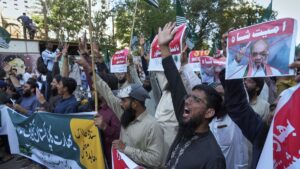

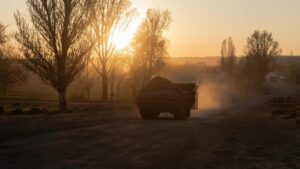
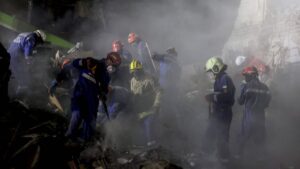

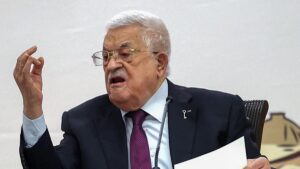
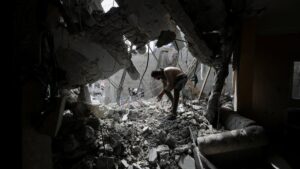
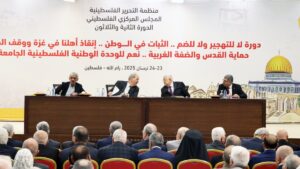
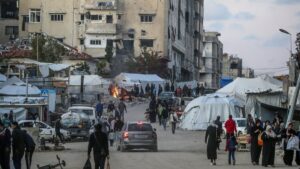
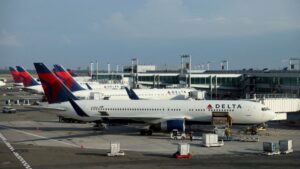
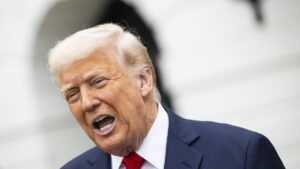


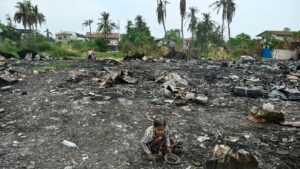
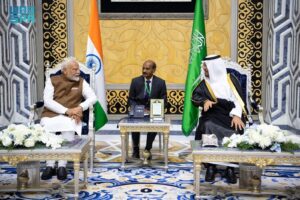
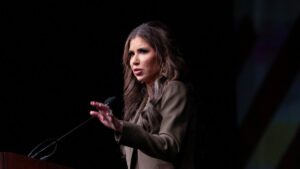
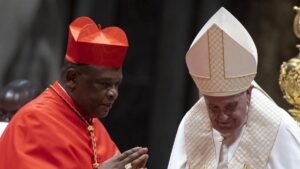

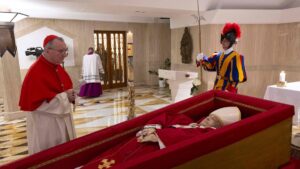
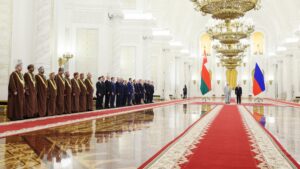
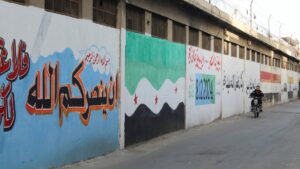

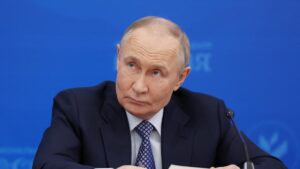

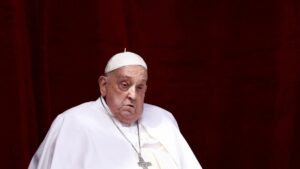
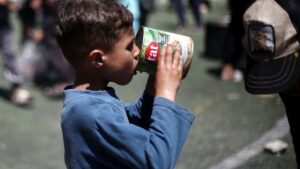
Be First to Comment